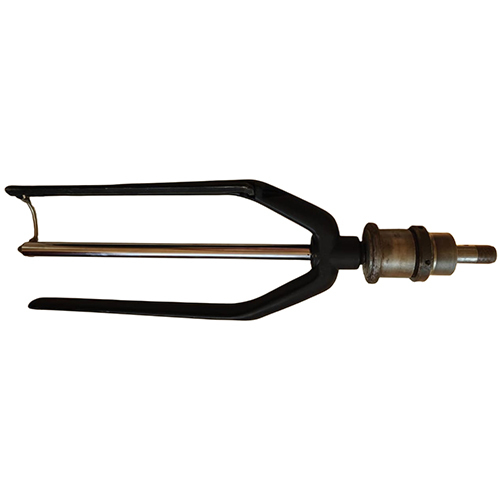Pressure Figure
Price 500.0 INR/ Piece
Pressure Figure Specification
- Surface Finish
- FINISHING
- Capacity
- 999 Pcs/hr
- Mounting Type
- FLYER AND BUSH
- Automation Grade
- FLYER PRESSURE FINGURE
- Hardness
- Rockwell
- Noise Level
- 70 db
- Size
- STANDRAND
- Product Type
- Textile Machinery Components
- Material
- Steel
- Textile Machine Type
- Spinning Machine
- Spare/Component Type
- Frame
- Usage
- Industrial
- Speed
- 1500 RPM
- Weight
- 200 Grams (g)
- Warranty
- 1
Pressure Figure Trade Information
- Minimum Order Quantity
- 100 Pieces
- FOB Port
- Mundra Port
- Payment Terms
- Cash Against Delivery (CAD), Cash on Delivery (COD), Cash Advance (CA), Cash in Advance (CID)
- Supply Ability
- 5000 Pieces Per Month
- Delivery Time
- 7 Days
- Sample Available
- No
- Sample Policy
- Sample costs shipping and taxes has to be paid by the buyer
- Packaging Details
- BOX PACKING OR WOODEN BOX
- Main Domestic Market
- All India
About Pressure Figure
What is it?
In modern textile drafting systems (e.g., Ri-Q-Draft, Texparts, Accord, Top Weighting Arm), the pressure figure refers to the amount of pressure (in daN or kgf) applied by the top arm to press the top roller against the bottom roller to grip the fiber during drafting.
Common Pressure Figures (Reference Table):
1 daN (decaNewton) 1.02 kgf
Why Pressure Figure is Important?
- Ensures uniform drafting and fiber control
- Avoids roller slippage
- Maintains consistent yarn quality
- Prevents roller damage if set too high
Pressure Figure in Flyer (Speed Frame)
Some people refer to "pressure figure" when talking about flyer presser tension the downward force applied by the presser arm on the roving bobbin to control winding tension.
- Adjustable by spring or screw
- Too much pressure = compressed roving
- Too little = uneven winding
Air Pressure Figure in Pneumatics
If your machine uses pneumatic controls (like auto doffing, suction, or pressurized arms), the pressure figure may refer to:
- Suction pressure: ~ -0.5 bar to -0.7 bar
- Doffing air pressure: 4 to 6 bar (standard)
- Air consumption: Varies by brand/machine
How to Identify or Adjust Pressure Figures
- Check machine manual Rieter, LMW, or Zinser provide charts.
- Use pressure gauge mounted on pneumatic top arms.
- Digital top arms show pressure digitally or via color-coded rings.
- Use torque wrench or weight scale (for mechanical settings)
Heavy-Duty Steel Construction
Made from high-quality steel, the Pressure Figure delivers reliable durability even in demanding industrial environments. Its Rockwell hardness rating guarantees consistent performance, while precise finishing on the surface provides superior resistance against wear during high-speed, continuous operations within spinning machines.
Efficient Automation and Performance
Designed for Flyer Pressure Finger automation, this component enhances productivity with an impressive operational speed of 1500 RPM and a processing capacity up to 999 pieces per hour. The mounting typeFlyer and Bushenables secure installation on standard spinning machines, ensuring smooth, low-noise functioning.
Trusted Warranty and Support
Each Pressure Figure is supported by a one-year warranty, offering peace of mind for customers. Manufactured, exported, and supplied from India, the product meets international standards for industrial textile machinery, with reliable after-sales service available to assist with installation and maintenance.
FAQs of Pressure Figure:
Q: How is the Pressure Figure installed on spinning machines?
A: The Pressure Figure uses the Flyer and Bush mounting type, allowing for easy and secure attachment to standard spinning machine frames. Installation is straightforward and typically done during equipment assembly or scheduled maintenance.Q: What advantages does the Flyer Pressure Finger automation grade offer?
A: The Flyer Pressure Finger automation ensures higher operational efficiency, supporting faster speeds (up to 1500 RPM) and a capacity of 999 pcs/hour. This automation grade contributes to streamlined spinning processes, reducing manual intervention and boosting productivity.Q: When is it recommended to replace the Pressure Figure frame component?
A: Replacement is recommended whenever signs of wear, decreased machine efficiency, abnormal noise levels, or visible damage appear. Regular inspections help maximize the lifespan, and the one-year warranty supports timely replacements if needed.Q: Where is the Pressure Figure manufactured and can it be exported internationally?
A: This component is manufactured in India and is available for export. Suppliers and manufacturers offer international shipping, conforming to global quality and performance standards for industrial textile machinery.Q: What is the process for warranty support and maintenance?
A: Warranty claims for the Pressure Figure can be made within one year of purchase. Maintenance involves regular cleaning, inspection for wear, and prompt replacement if damaged. Service teams are available to assist with technical support and warranty procedures.Q: How does using this Pressure Figure benefit industrial spinning operations?
A: By delivering durability, high capacity, and stable performance, the Pressure Figure helps maintain consistent production output, minimizes downtime from machine failures, and ensures reduced noise levels, contributing positively to overall operational efficiency.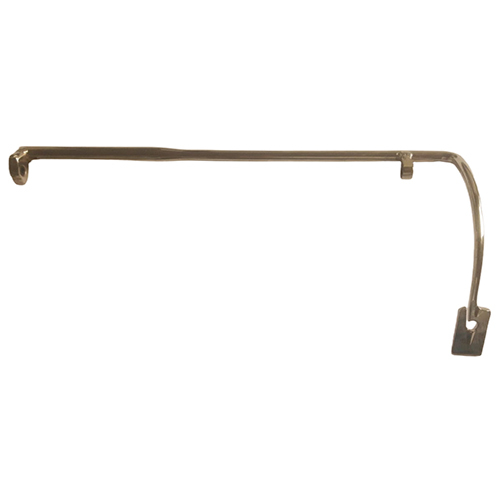
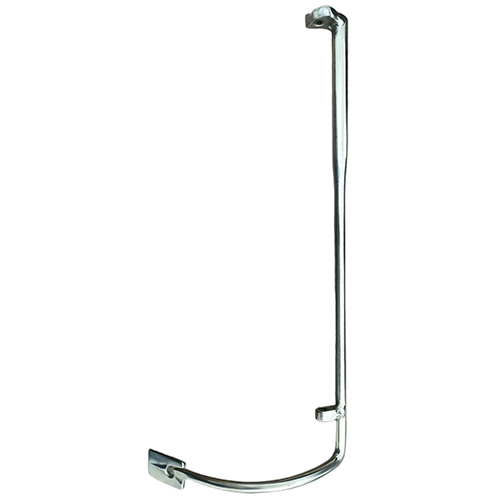
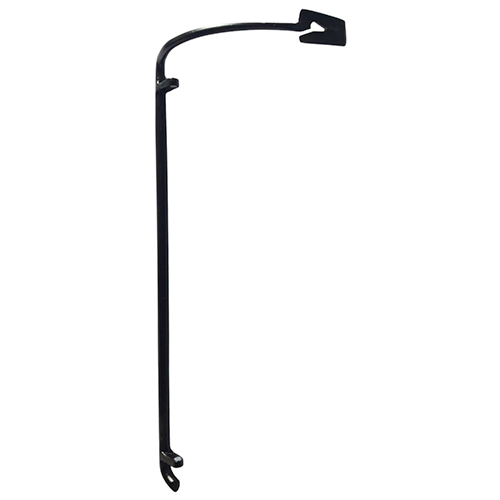
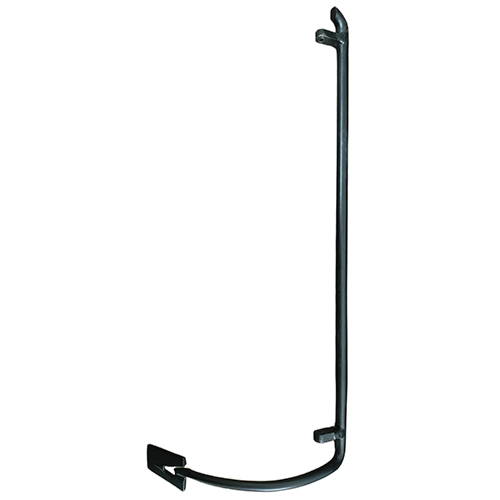
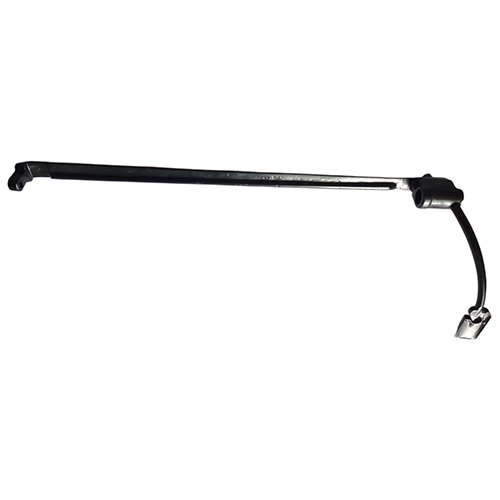

Price:
- 50
- 100
- 200
- 250
- 500
- 1000+
More Products in Flyer And Pressure Figure Category
Flyer Figure
Price 5500.0 INR / Piece
Minimum Order Quantity : 100 Pieces
Surface Finish : POLISHING
Capacity : 1000 Pcs/hr
Material : Steel
Weight : 2 Kilograms (kg)

 Send Inquiry
Send Inquiry Send Inquiry
Send Inquiry
